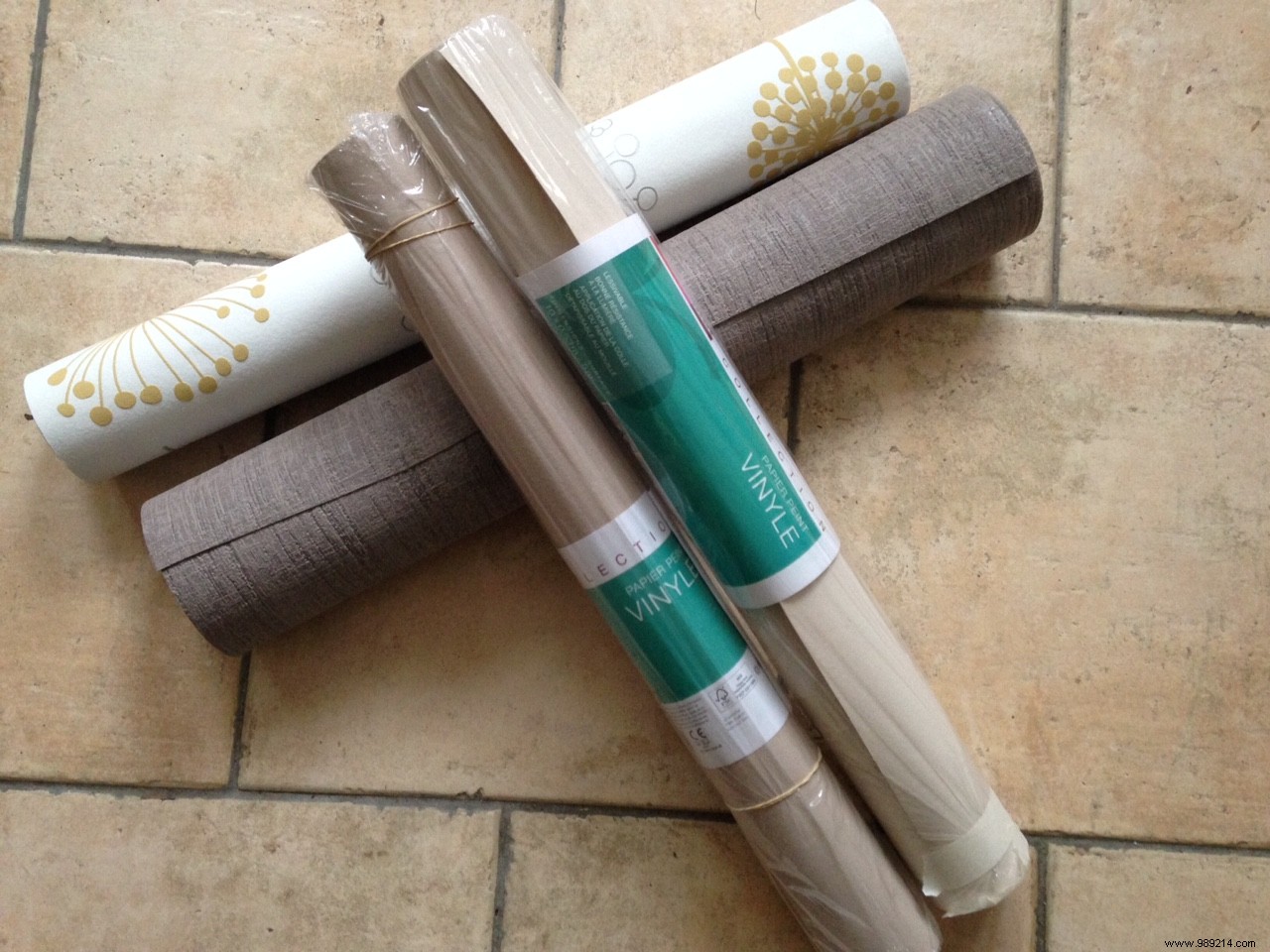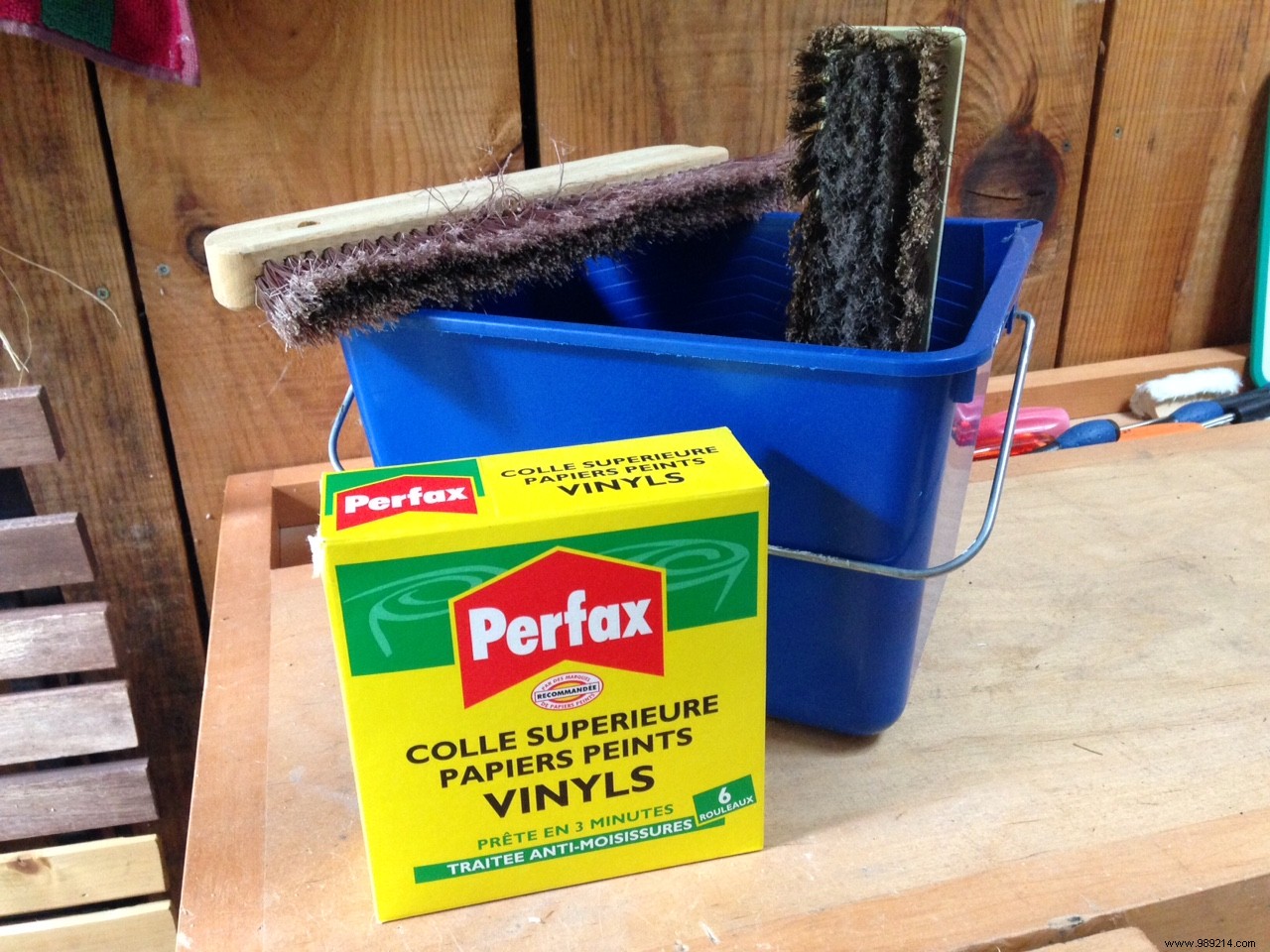
Over time, wallpaper can fade, peel off or show yellow marks. It is therefore essential to carry out a renovation so that the walls are in keeping with the decoration of the room.
Before thinking about changing the wallpaper in a bedroom, first make sure you choose the right product. There are countless models available on the market, which can end up confusing you.
Discard the so-called "matching" models because you will have a lot of waste to match your strips, and in addition, it complicates the task. The choice will be made according to the desired atmosphere. Thus, for a soft and soothing atmosphere conducive to relaxation, plain wallpaper, the non-woven model or traditional tapestry in natural, pastel and light colors is recommended.
On the contrary, on purpose to obtain a cheerful and bright atmosphere, the bright models of pink, red, blue or yellow color are perfect. However, be sure to alternate them with neutral colors to avoid overloading. Finally, if you want a room that is simply warm, opt for Japanese straw paper which brings warm colors and an original style or embossed or flocked paper which provides beautiful visual comfort.

Prior to laying the tapestry, it is essential to prepare the support. Installing new wallpaper requires first removing the old coating. Be sure to peel off and then clean the wall properly to remove the remaining glue.
If you see any cracks or holes, patch them using patching compound. Then sand so that the surface is perfectly smooth and even.
For the laying itself, you should know that the application of the first strip determines the success of the rest of the operations. It must be placed perfectly vertically, otherwise the other lengths risk showing bias. Be sure to start laying from the window. The light actually makes it possible to hide the excess thicknesses of the fittings. Then use a square or a plumb line to draw a vertical line. Be careful, never rely on vertical lines or angles when laying because the walls are not systematically straight in all houses.